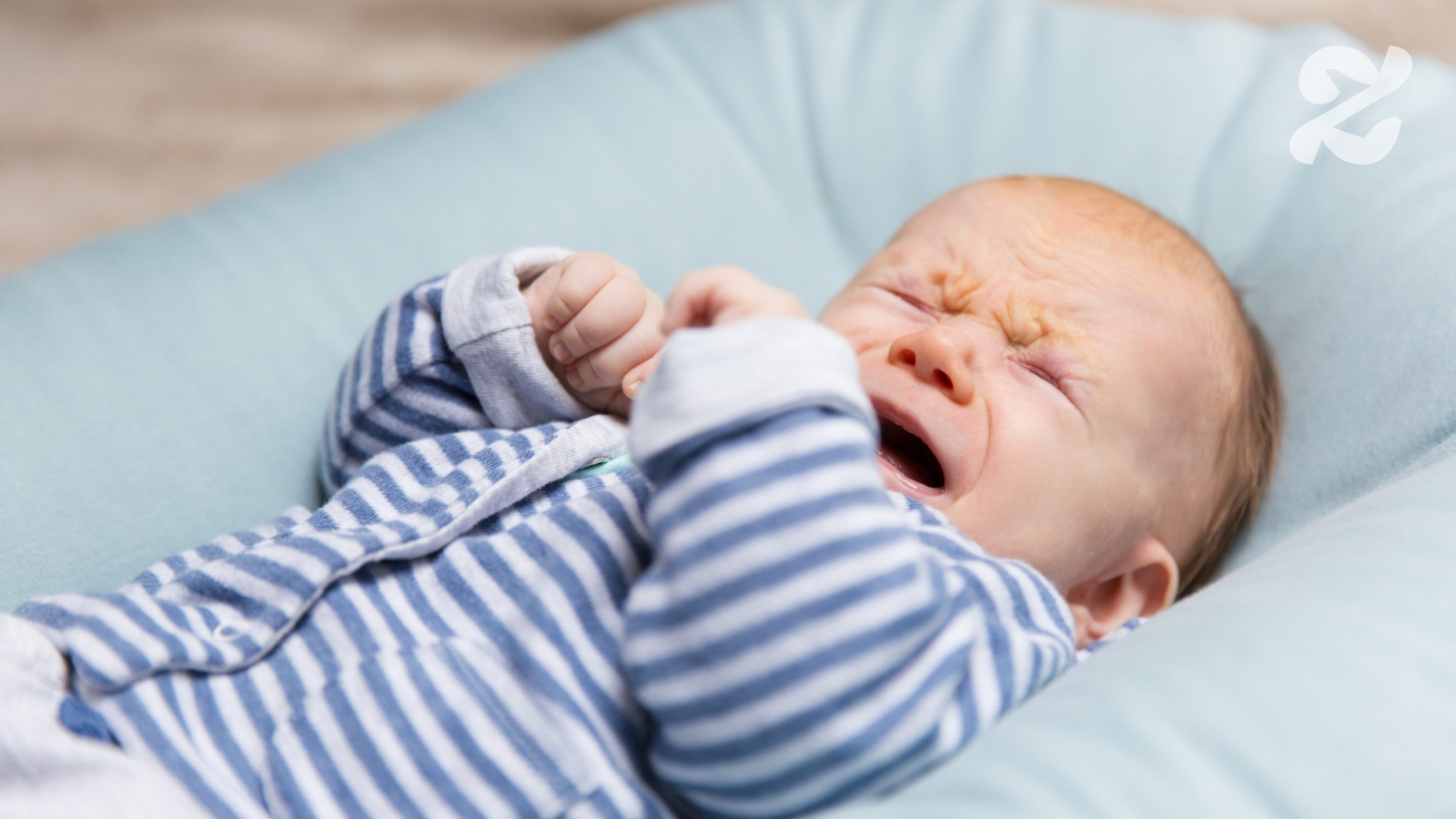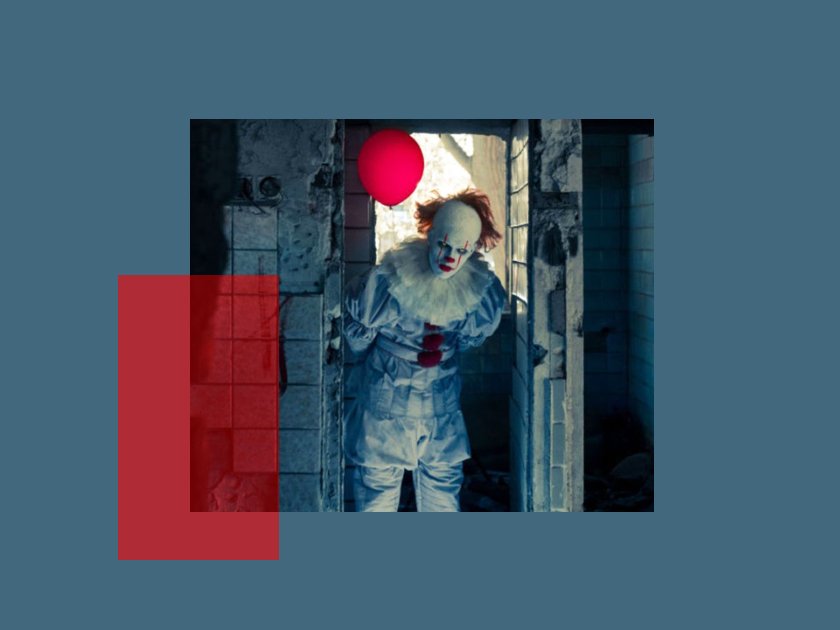An unprecedented study on more than 2,000 children
Researchers from the PRIMERO project (Puerto Rican Infant Metagenomic and Epidemiologic Study of Respiratory Outcomes) followed 2,061 children from birth to 2 yearsbetween 2020 and 2024. Each episode of cough, fever or difficulty breathing reported by parents was analyzed and then classified according to its severity.
Nasal swabs made it possible to detect it 21 different respiratory virusesthanks to PCR tests. The aim of this campaign is to understand why some children develop a simple cold while others end up in hospital with severe bronchiolitis.
RSV, still the number one of the most serious viruses today
The results confirm what pediatricians observe every winter: the respiratory syncytial virus (RSV) remains the main cause of severe forms. Him multiplied by more than 9 the risk of bronchiolitis or pneumonia.
Right behind, the metapneumovirus (HMPV) it also significantly increases the severity of infections.
Some seasonal coronaviruses (excluding SARS-CoV-2) and viruses parainfluenza they are also associated with increased risk.
On the other hand, the rhinovirus – those of ordinary colds – and the bocavirus most of the time they cause mild symptoms. “These are very common viruses, but when isolated they remain not very dangerous,” specifies the study published in Infection Journal.
Coinfections, a little-known aggravating circumstance
Another discovery: infected children multiple viruses at the same time presented three times greater risk develop a serious form.
The most common combination, rhinovirus + bocavirus, doubled the risk of severe bronchiolitis.
These co-infections complicate the work of doctors because the symptoms are sometimes misleading: at first it may seem that a child simply has a cold, then his condition quickly worsens.
Fewer serious infections during the pandemic
Babies born in 2020, in the midst of the COVID-19 pandemic, experienced fewer severe respiratory episodes. According to the researchers, this is explained by the strict health measures of the time (masks, confinement, school closures) which limited the circulation of viruses such as RSV or HMPV.
SARS-CoV-2 has been observed mainly in mild or asymptomatic forms in newborns.
Prevent, vaccinate and monitor
For specialists, these results highlight the respiratory vulnerability of the first two years of life.
Prevention therefore remains fundamental: washing hands, ventilating rooms, avoiding close contact with people with a cold, especially for children under 6 months.
But researchers also insist on the need to implement targeted strategies, in particular thanks to RSV vaccine ea monoclonal antibodies now available for children most at risk.
Finally, tracking co-infections should help better identify children who may need to be hospitalized.
A collective issue for early childhood
In nurseries, childcare homes and SME services, supervision must remain essential. Maintain simple but regular hygiene measures it can really limit the spread of the most pathogenic viruses.
As the authors point out, “the first two years of life lay the foundation for future respiratory health.” Suffice it to say, a runny nose is not always harmless, but with prevention and proper monitoring, most infections remain harmless.
Do you like our articles? You’ll love our podcasts. All our series, urgently listen to here.
Source: Madmoizelle
Mary Crossley is an author at “The Fashion Vibes”. She is a seasoned journalist who is dedicated to delivering the latest news to her readers. With a keen sense of what’s important, Mary covers a wide range of topics, from politics to lifestyle and everything in between.





